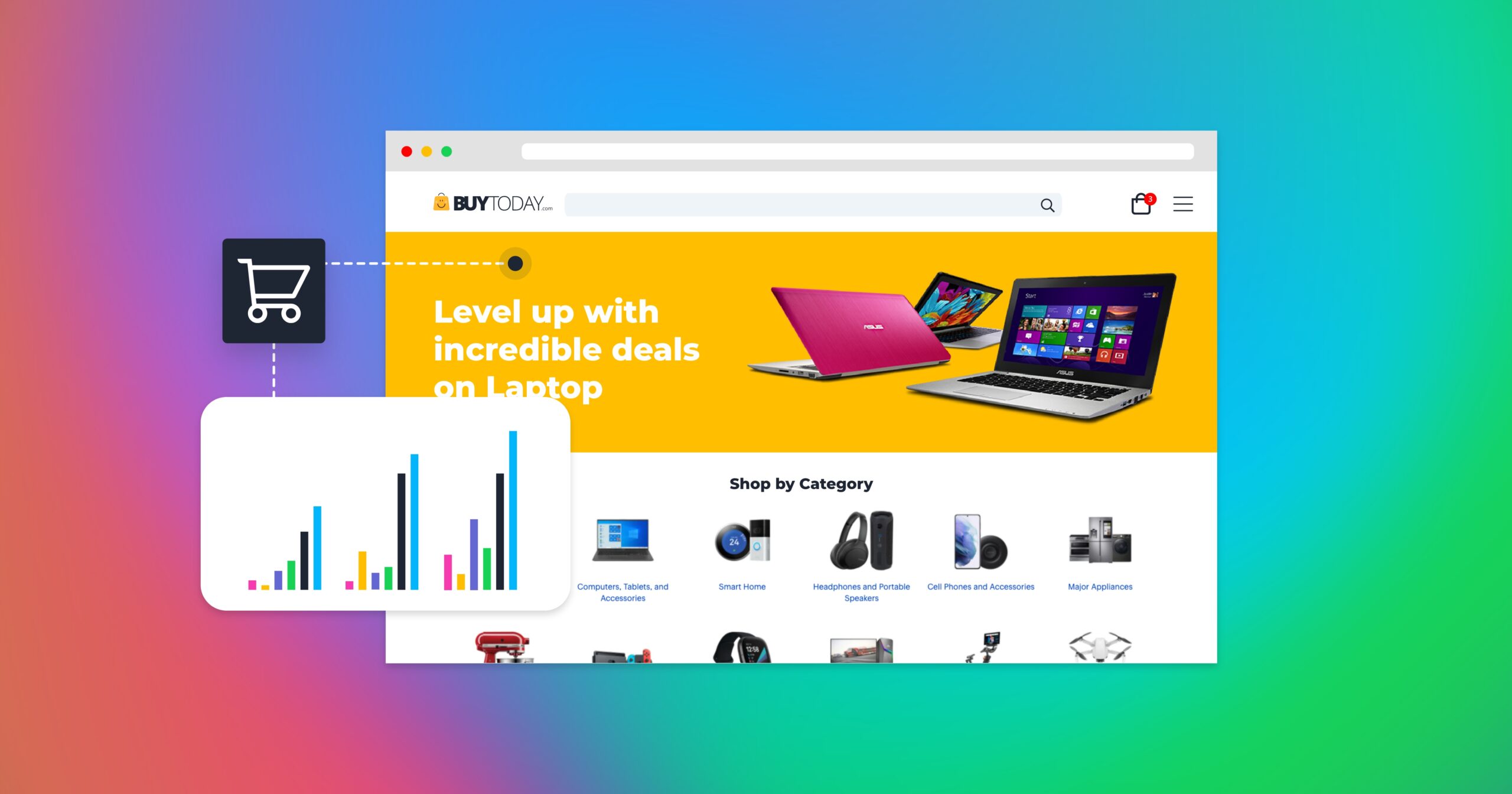E-commerce Growth in 2025

image credits goes to maropost.com
In the fast-paced world of online retail, scaling your e-commerce brand effectively can mean the difference between stagnation and exponential growth. This guide provides actionable insights for e-commerce entrepreneurs, marketing professionals, investors, and niche product creators to scale their brands and achieve long-term success.
1. Understand Your Current Position
Before scaling, it’s essential to assess your business’s current status. This includes:
- Analyzing Key Metrics: Look at your customer acquisition cost (CAC), lifetime value (LTV), and conversion rates. Tools like Google Analytics and Shopify’s dashboard can provide these insights.
- Identifying Bottlenecks: Evaluate what is holding your brand back from scaling—be it logistics, inventory management, or website performance.
- Customer Feedback: Gather feedback through surveys or reviews to understand customer needs and expectations.
Key Takeaway: A clear understanding of your strengths and weaknesses helps you craft a more effective scaling strategy.
2. Optimize Your Website for Scalability
A scalable website ensures your brand can handle increased traffic and transactions without compromising user experience.
- Invest in a Reliable Hosting Provider: Choose platforms like AWS or Shopify Plus that offer robust scalability features.
- Improve Load Times: Slow websites lead to high bounce rates. Use tools like Google PageSpeed Insights to optimize performance.
- Implement Responsive Design: Ensure your site is mobile-friendly, as mobile commerce accounts for a significant portion of online sales.
Pro Tip: Use A/B testing to refine your website’s layout, calls-to-action (CTAs), and checkout process.
3. Expand Your Marketing Efforts
Marketing plays a crucial role in scaling. Here’s how you can enhance your brand visibility:
- Leverage Paid Advertising: Platforms like Google Ads and Facebook Ads can drive targeted traffic.
- Focus on Content Marketing: Create valuable blogs, videos, and guides tailored to your audience.
- Email Campaigns: Use email marketing to nurture leads and retain customers.
- Influencer Partnerships: Collaborate with influencers in your niche to build trust and reach new audiences.
Case Study: A sustainable fashion brand increased its ROI by 200% after partnering with micro-influencers on Instagram.
4. Diversify Your Sales Channels
Relying on a single sales channel limits your growth potential. Expand your reach by:
- Exploring Marketplaces: Sell on Amazon, eBay, and Etsy to tap into established customer bases.
- Social Commerce: Platforms like Instagram Shopping and TikTok’s e-commerce features offer new opportunities.
- Wholesale Opportunities: Partner with retailers or distributors to access larger markets.
Key Takeaway: Diversified channels reduce dependency on one platform and increase revenue streams.
5. Invest in Inventory and Fulfillment
Scaling requires efficient inventory management and fulfillment systems:
- Upgrade Inventory Software: Tools like TradeGecko or Zoho Inventory ensure accurate stock tracking.
- Streamline Fulfillment: Partner with third-party logistics (3PL) providers like ShipBob or Deliverr to handle increased order volumes.
- Adopt Automation: Automate repetitive tasks such as order processing to save time and reduce errors.
Pro Tip: Maintain a balance between inventory levels and sales demand to avoid overstocking or stockouts.
6. Enhance Customer Retention Strategies
Acquiring new customers is costly; retaining them is more profitable. Focus on:
- Personalized Experiences: Use customer data to recommend products and offer tailored discounts.
- Loyalty Programs: Implement a rewards system to encourage repeat purchases.
- Exceptional Customer Service: Offer 24/7 support through chatbots or live agents.
Case Study: A subscription box service saw a 50% increase in retention rates after launching a loyalty program.
7. Analyze and Adapt
Scaling isn’t a one-time effort; it’s an ongoing process. Regularly:
- Monitor Key Metrics: Use analytics tools to track performance and ROI.
- Test and Iterate: Experiment with new strategies and refine based on results.
- Stay Updated: Keep an eye on industry trends and competitor strategies.
Key Takeaway: Continuous improvement ensures sustainable growth.
Conclusion
Scaling an e-commerce brand requires strategic planning, efficient execution, and a deep understanding of your market. By optimizing your operations, diversifying sales channels, and enhancing customer retention, your brand can achieve remarkable growth in 2024.
Ready to take the next step? Subscribe to our newsletter for more tips and insights on scaling your e-commerce business!
